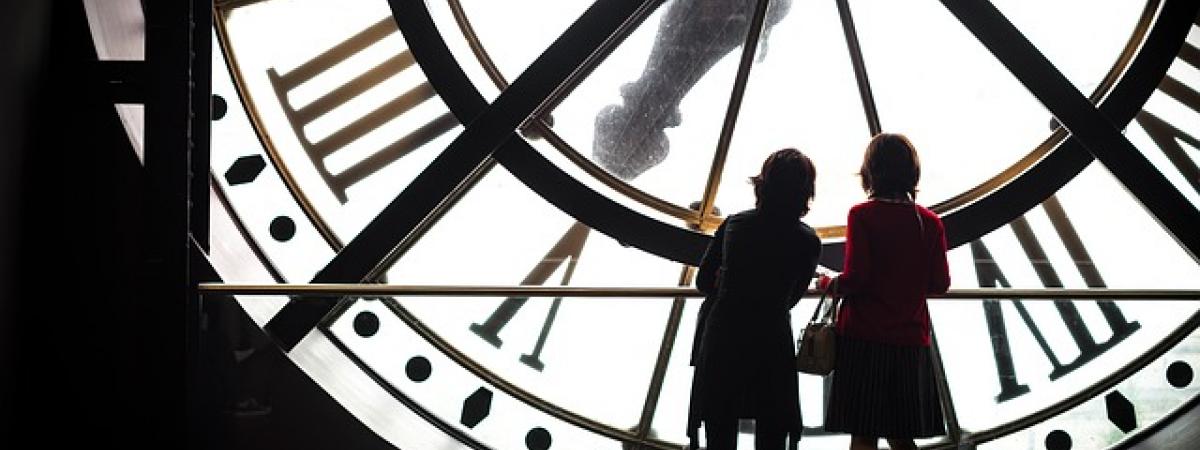Body rhythms: shaping the pattern of life

In today’s busy world, our lives can lack routine and structure as we move from one commitment to another. Thankfully, underneath the surface, we have strict ‘body rhythms’, with cells in the brain, liver, heart, lungs and other organs amazingly able to keep to time, regardless of what we are doing.
The long and the short of body rhythms
The most common body rhythm is the ‘circadian rhythm’, which repeats itself after approximately every 24 hours. Sleep and wakefulness follow this cycle, as do core body temperature, heart rate, alertness and some hormone secretions.
This rhythm is very helpful in adapting our bodies to the day/night cycle, allowing us to function at our best in the daytime. It can be less helpful for shift workers or airline pilots who are constantly battling against the inbuilt clocks to work at different hours. Studies continue into an intriguing ‘jet-lag pill’ to overcome this.
Shorter body rhythms include those for appetite (repeating itself approximately three times each day), and within sleep there are 90-minute cycles of different types of sleep.
Longer body rhythms include the menstrual cycle, repeating about every 28 days.
The masterclock
Deep inside the brain, in the hypothalamus are ‘masterclock cells’. Experiments have shown connections between these cells and the back of the eye. When light falls on the retina in the eye, it triggers a rhythmical activity of the masterclock cells that drive body clocks in many other organs—rather like a conductor in an orchestra.
The cells in the retina that activate the masterclock are different from those used in normal vision, this means that bodyclocks are driven the same way in both blind and sighted people. This is why dark glasses might sometimes be unhelpful for a blind person, since they deprive the retina of vital light input.
In an orchestra, there are often some amazing solo performances, and it does appear that cells throughout the body sometimes keep to time without being controlled by the masterclock: factors such as body temperature, food and hormones appear to be able to drive peripheral bodyclocks in organs such as the liver.
Rhythms in the heart as an example
Blood pressure measurements show a morning surge between 10 am and midday and a night-time dip between 3 am and 6 am; blood is at its thickest from 6am to 9am. Dr Yi-Fang Guo of Hebei Hospital in China showed that these rhythms persisted even during bedrest, so were not related to physical activity, but to deeper underlying biological clocks.
Back in 1985, a study of nearly 3000 patients revealed a nearly three-fold increased rate of heart attack during the morning hours, corresponding to the morning surge in blood pressure and thickness. Based on this knowledge, scientists continue to design medicines that can target this high-risk time of day. Currently, the TIME study aims to investigate the best time of day to take heart medicines.
The ticking of our body clocks then is important in health and disease, and by watching the clocks we can hope to improve our wellbeing.
